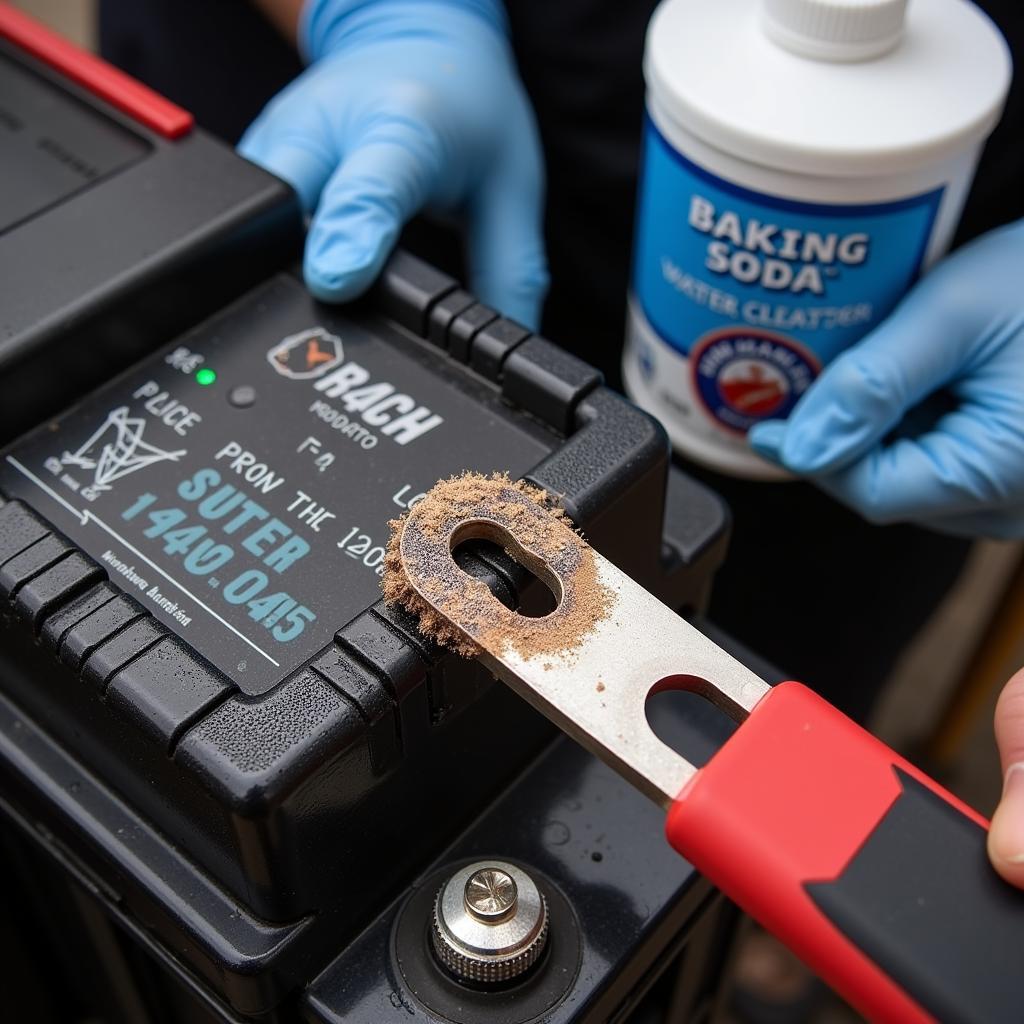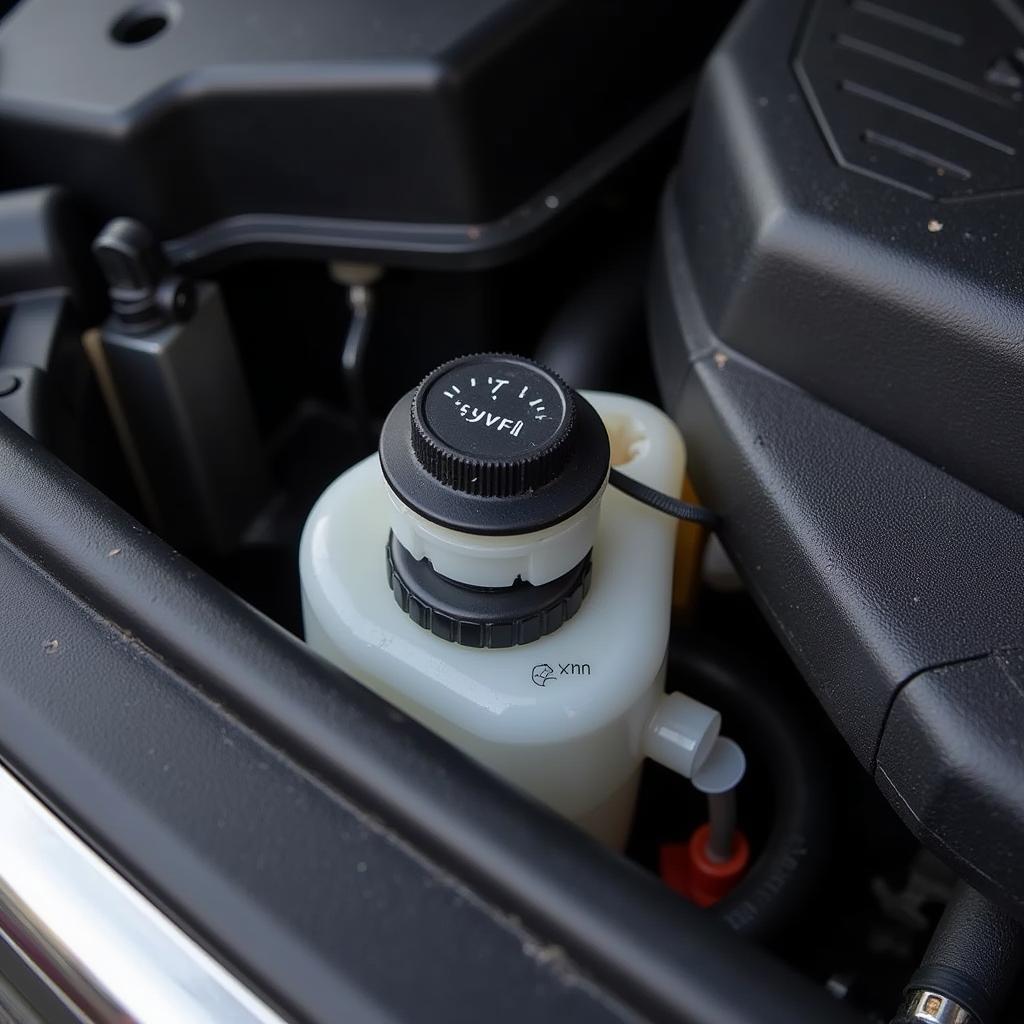If your car battery keeps going dead, it’s a frustrating experience. But don’t worry, you’re not alone. This issue is surprisingly common, and there are several reasons why your car battery might be draining its power. This guide will help you diagnose the problem and get your car back on the road.
Why Does My Car Battery Keep Dying?
There are a few common culprits behind a constantly draining car battery. It’s essential to identify the root cause to implement the right fix. Let’s explore some of the most frequent reasons:
Parasitic Draw: The Silent Battery Killer
A parasitic draw occurs when something in your car continues to draw power even after the ignition is off. This could be anything from a faulty interior light to a malfunctioning radio. Even a small draw can drain your battery over time.
Faulty Alternator: Not Charging Properly
Your car’s alternator is responsible for recharging the battery while the engine is running. If the alternator is malfunctioning, it won’t charge the battery effectively, leading to a dead battery.
Old Age: Time Takes Its Toll
Like any other component, car batteries have a limited lifespan. Typically, a car battery lasts between three and five years. If your battery is older than that, it might be time for a replacement.
Extreme Temperatures: A Battery’s Worst Enemy
Both extreme heat and extreme cold can negatively affect your car battery’s performance and lifespan. Cold weather can slow down the chemical reactions within the battery, while excessive heat can cause the battery fluid to evaporate.
How to Diagnose a Dead Car Battery
Diagnosing the cause of a dead battery involves a few key steps. First, check the age of your battery. If it’s over three years old, it might be nearing the end of its life. Next, you can perform a parasitic draw test using a multimeter. This will help determine if something is drawing power when the car is off.
Troubleshooting a Car Battery That Keeps Dying
Now that you have a better understanding of potential causes, let’s look at how to troubleshoot the issue.
-
Check the battery terminals: Ensure they are clean and tightly connected. Corrosion can prevent proper charging and discharging.
-
Test the alternator: A simple voltage test can reveal if your alternator is charging the battery correctly. You can purchase a multimeter at most auto parts stores.
-
Perform a parasitic draw test: This involves using a multimeter to measure the current draw when the car is off. A draw above 50 milliamps is generally considered excessive.
Expert Insights: John Smith, Automotive Electrical Engineer
“A common mistake people make is assuming a dead battery is always the battery’s fault. Often, the underlying issue lies elsewhere, such as a parasitic draw or a faulty alternator.”
Preventing Future Battery Issues
Once you’ve fixed the current problem, take steps to prevent future battery drain. Make sure to turn off all lights and accessories when you exit your vehicle. Regularly check your battery terminals for corrosion and clean them as needed. Finally, have your battery and charging system tested annually by a qualified mechanic.
 Preventing Car Battery Drain
Preventing Car Battery Drain
Expert Insights: Maria Garcia, Certified Automotive Technician
“Regular maintenance is key to a healthy car battery. Simple steps like cleaning your battery terminals and having your charging system checked can save you a lot of headaches down the road.”
Conclusion
Dealing with a car battery that keeps going dead can be a real nuisance. However, by understanding the common causes and following the troubleshooting steps outlined in this guide, you can effectively diagnose and resolve the issue. Regular maintenance and preventative measures can help ensure your car battery stays healthy and reliable for years to come. Remember to check your alternator and test for a parasitic draw if your car battery keeps going dead.
FAQ
-
How long should a car battery last? Typically, a car battery lasts between three and five years.
-
What are signs of a bad alternator? Dimming headlights, flickering dashboard lights, and a whining noise from under the hood are common signs of a faulty alternator.
-
Can I jump-start my car if the battery keeps dying? Yes, you can jump-start your car, but it’s a temporary solution. You’ll need to address the underlying cause of the battery drain.
-
How do I test my car battery? You can use a multimeter to test the battery’s voltage. A fully charged battery should read around 12.6 volts.
-
Is it safe to drive with a bad alternator? While you can drive a short distance with a bad alternator, it’s not recommended. Eventually, the battery will drain completely, and the car will stall.
-
What should I do if my car battery keeps dying even after replacing the alternator? If the problem persists, there might be a parasitic draw draining the battery.
-
How much does it cost to replace a car battery? The cost of a new car battery can vary depending on the type and brand but generally ranges from $50 to $200.

